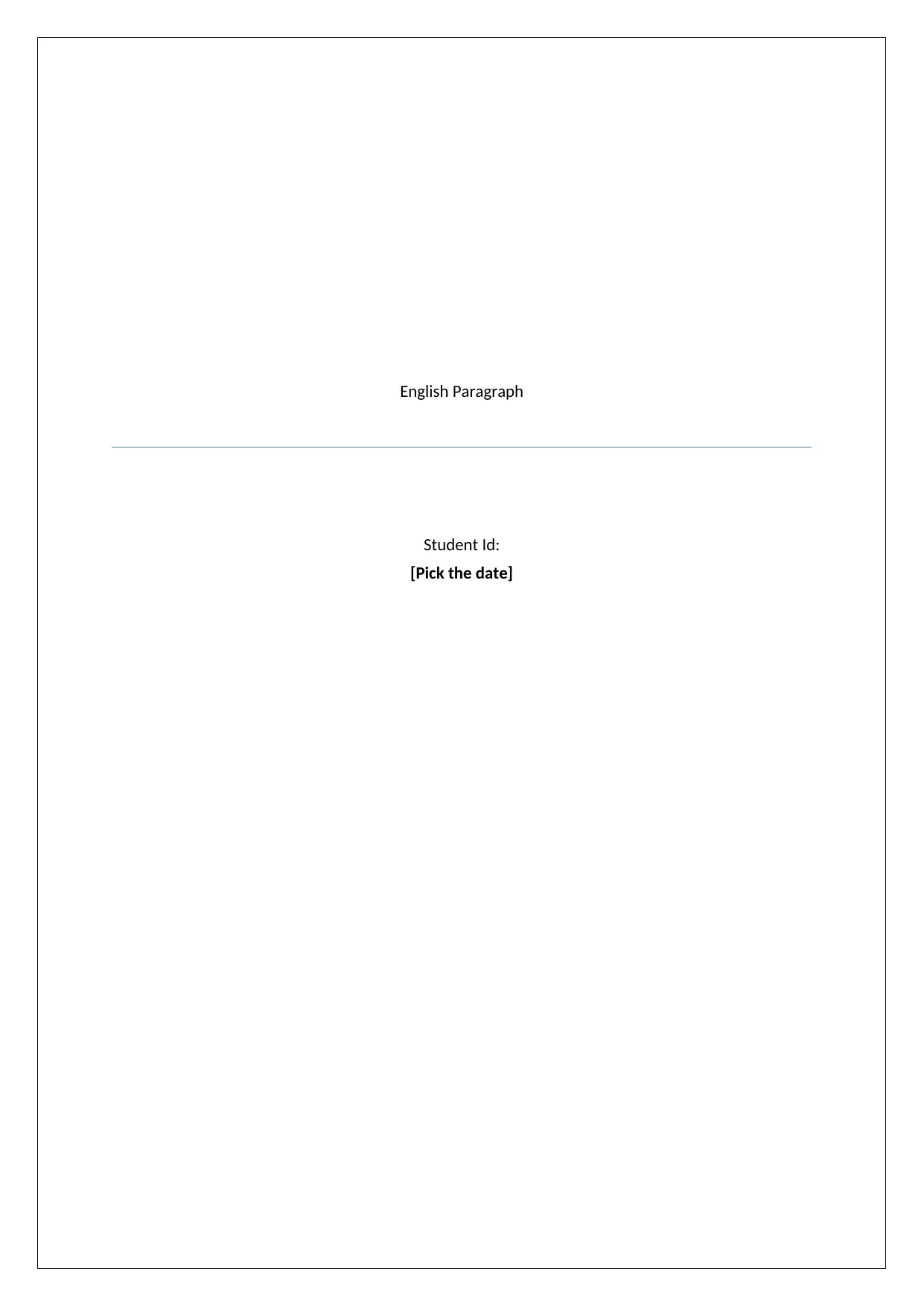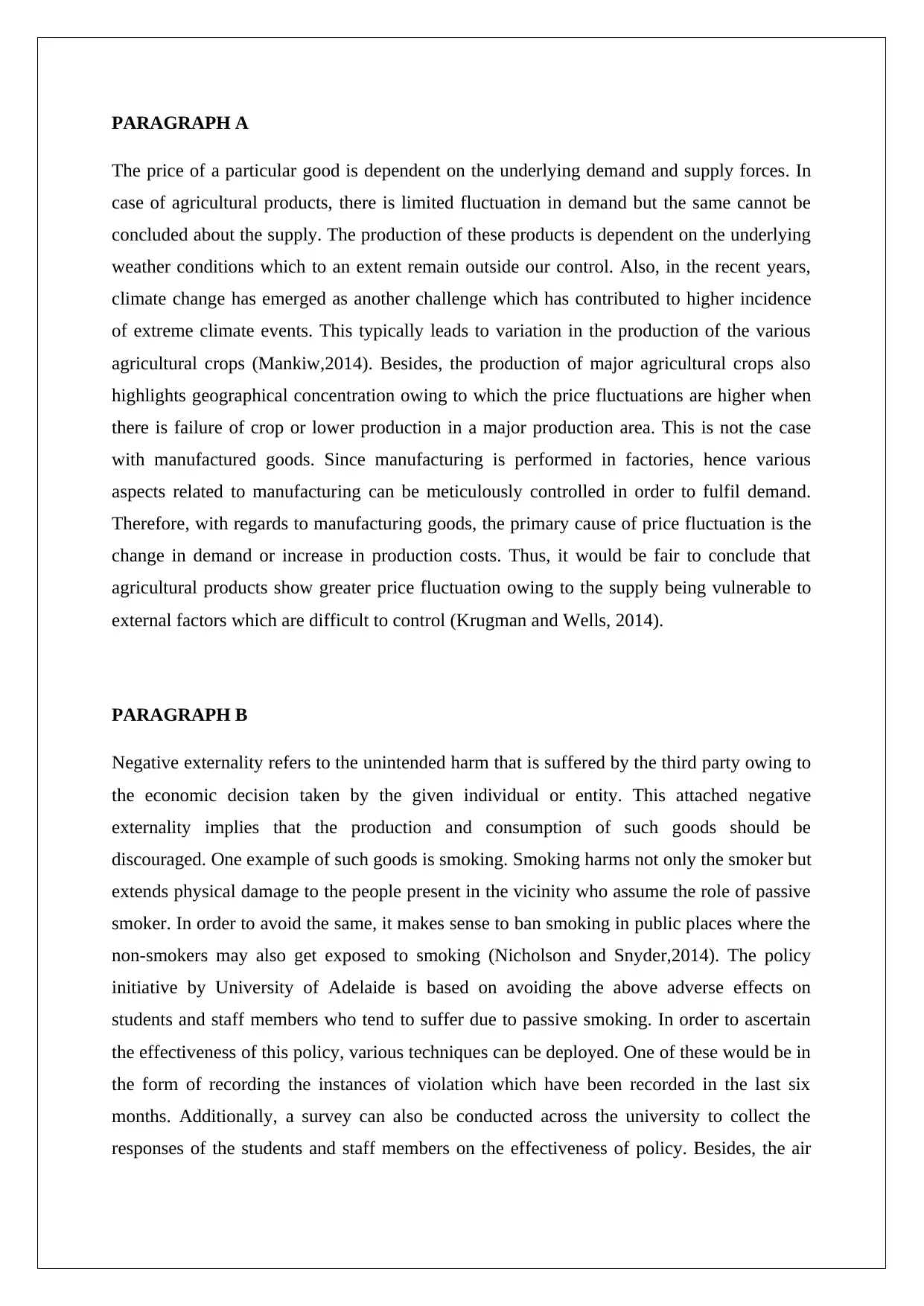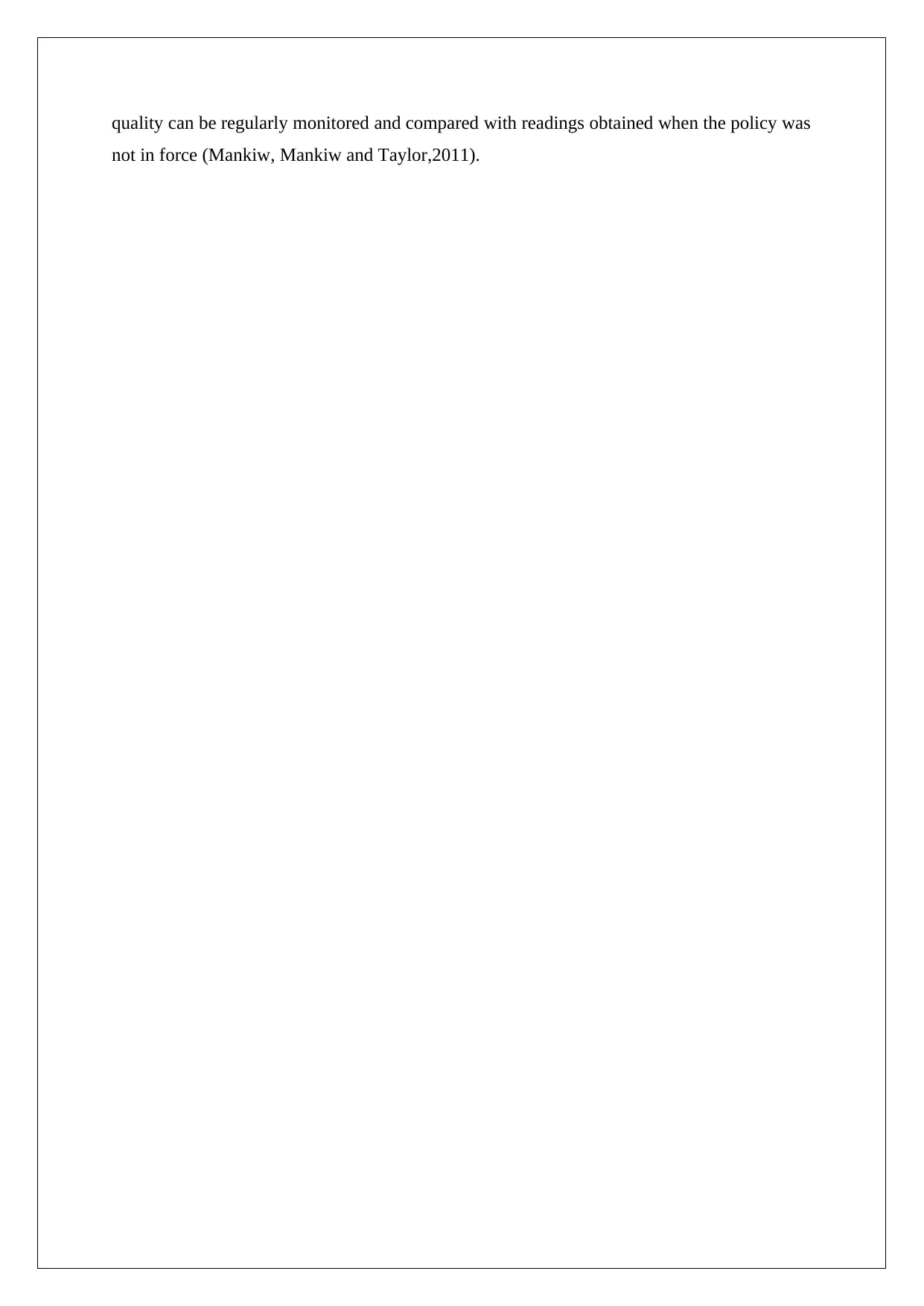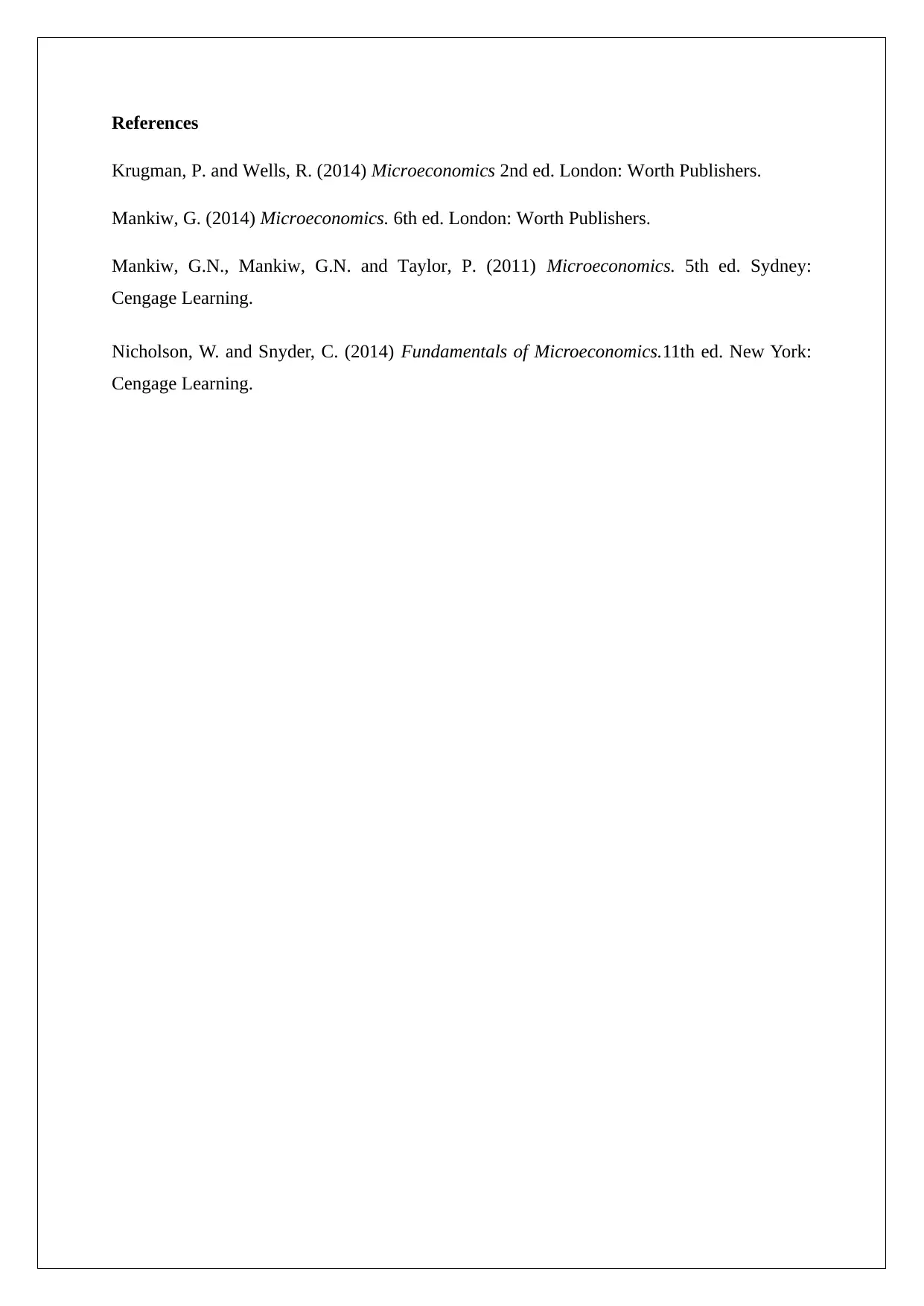Economic Principles: Analyzing Price Fluctuation and Externalities
VerifiedAdded on 2023/06/06
|4
|560
|166
Homework Assignment
AI Summary
This assignment delves into two key economic concepts: price fluctuations, particularly in agricultural products, and negative externalities. It explains that agricultural prices are more volatile due to the unpredictable nature of supply, which is heavily influenced by weather conditions and climate change, unlike manufactured goods where production can be meticulously controlled. The assignment also discusses negative externalities, using smoking as an example, and advocates for policies like smoking bans in public places to mitigate harm to third parties. It further suggests methods to evaluate the effectiveness of such policies, including tracking violations, conducting surveys, and monitoring air quality. Desklib offers students access to similar assignments and past papers to aid their understanding and academic performance.
1 out of 4









![[object Object]](/_next/static/media/star-bottom.7253800d.svg)